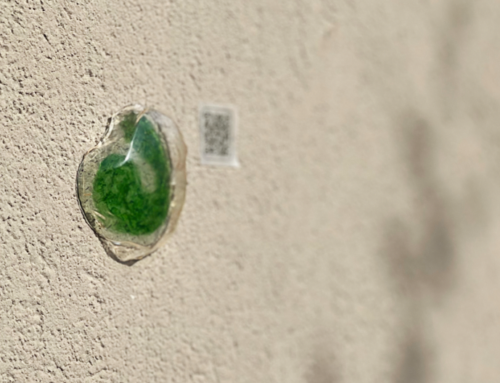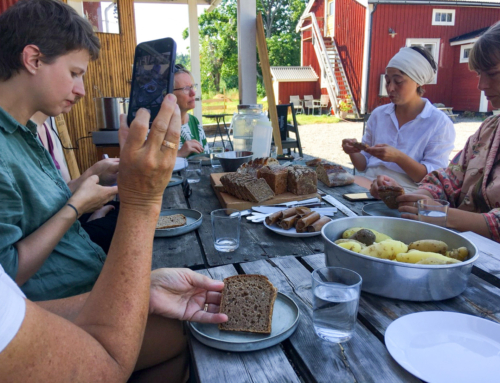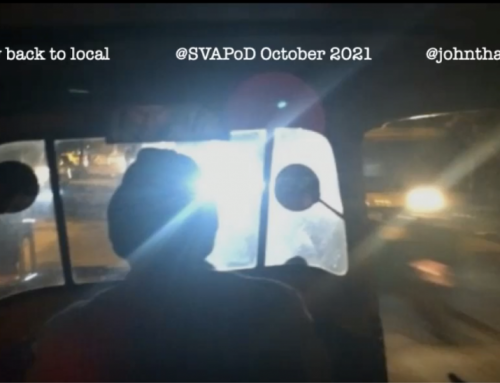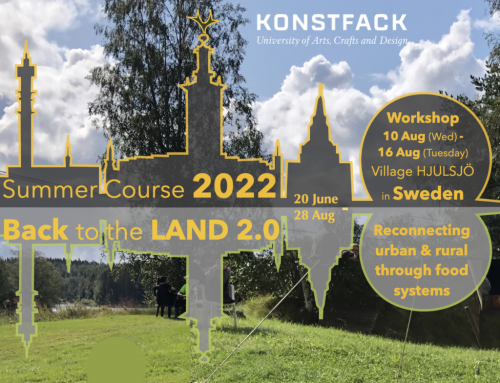The Sugoroku project, designed by Catherine Beaugrand for the Saint Etienne Biennial, took a fresh look at ways media games might connect people with neglected assets of a city – physical, social, biological.
In recent times, media artists have expored numerous ways to transform the use and experience of public space. The concepts of near and far have been redefined, and private life now emerges in communal areas. Events such as flashmobs combine partying, play, sociability, community and political activism.
Sugoroku combined play, and tool-making, with purpose: help people discover people and places that they would not otherwise connect with.
The name sugoroku comes from a Japanese board game. It’s like snakes and ladders combined with a role-playing game. It combines elements of travel, Kabuki theatre and everyday life.
Sugoroku was very popular during the Edo period – seen now, in retrospect, as a byword of sustainable living.
In the original Sugoroku, players followed a route on the road leading from Tokyo to Kyot. On this road, 51 way stations marked renowned viewpoints, culinary specialities, craft products, and assorted rituals encountered along the way.
The e-sugoroku project in St Etienne combined walking in the city, geolocation systems, mobile telephones, and the Internet.
Players chose routes which they located on a board superimposed over a real map. This annotated overlay stimulated players with lavish commentaries on the places they visited. These were not always specifically identified places, but could be found accessed using clues.
The aim of the game was to collect virtual objects located in real places which could be found using flash tags and GPS co-ordinates. Text messages were sent to the players’ mobile telephones telling them where to find the objects.
These objects were then collected and gathered together on a website, where each person managed his or her own collection. To collect a complete set, players had to trade objects with each other. Winning meant gathering the most complete sets.
The search for virtual objects scattered around public space brought players into contact with Saint Étienne’s underground network of mine galleries and various sites associated with the city’s legacy of industrial and craft-based production of all kinds of objects: weapons with blades, firearms, cycles, sewing machines, mechanical parts, hardware and glassware items, luxury ribbons, etc.
There’s lots more here at the Sugoroku website.
And if you mke it to Saint Etiene, be sure to have lunch the Cafe des Sports: it was our works canteen during City Eco Lab and serves steak frites to die for.
.












